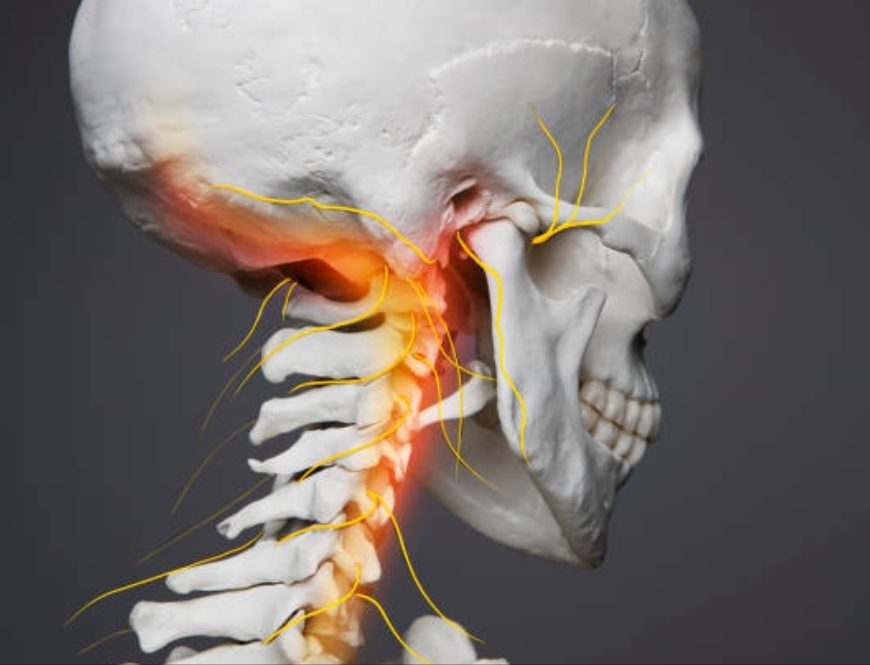Brachial Plexus Tension Test
Purpose of Brachial Plexus Tension Test: To determine if there are neurologic symptoms when the arms are abducted and laterally rotated. Patient position: Sitting upright with back unsupported and with arms beside the trunk. Examiner position: Standing behind the patient. Procedure: This test is performed in a few steps: (1) The patient raises both arms sideways and then externally rotates the arms until neurologic symptoms … Continue reading Brachial Plexus Tension Test
